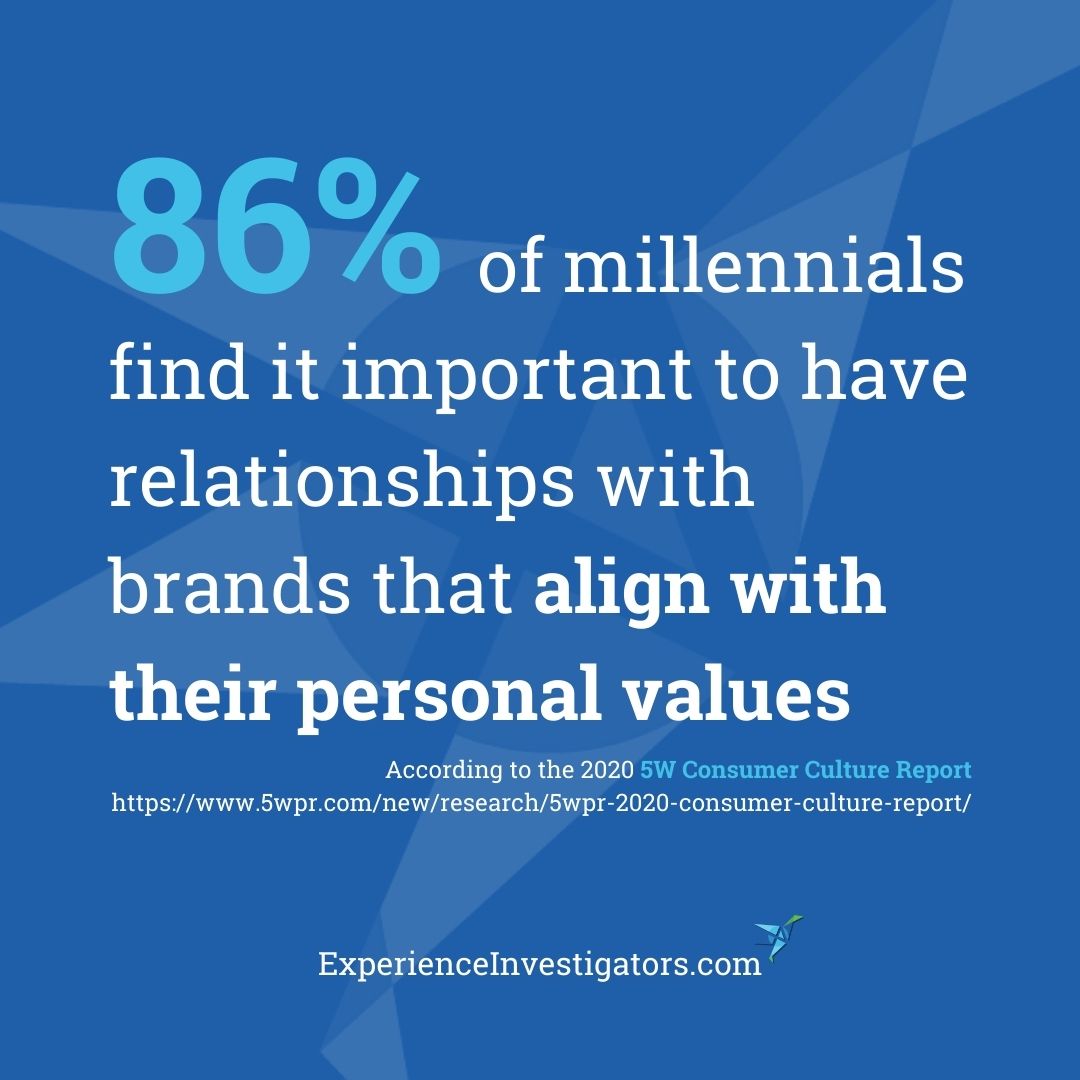Sure, you may not intend to, but there are probably ways you, as the leader of your department or organization, are sabotaging the experience your customers have. And who can blame you?
Today, leaders have more expectations with fewer resources. We’re asked to spend more time reporting on what’s happened than making things happen. Time is limited and people are pressured.
But if you’re not careful, these steps may sabotage customer experience, leading to more customers complaining, leaving, then telling everyone they know why your company (and you) stink!
There are patterns at many organizations that lead to some common pitfalls.
Watch out for these sneaky ways typical business methods lead to customer defection.
It’s shockingly easy, in today’s business environment, to never actually interact with customers. Web sites are designed, invoices are sent, and even customer feedback surveys are requested, but everything is so wonderfully automatic!
Survey results and behavioral analytics only tell you some of the story. Really getting to know your customers can go a lot further.
As employees gain experience and move up in the organization, they often get farther away from customers. It’s a point of friction in some ways but it also is a necessary part of scaling customer experience.
How can leaders overcome this distance from the actual experience?
I’m a huge proponent of paying attention to the marketplace. After all, your competitors could introduce the very offering which woos your customers away!
 But when leaders become obsessed with “be better than X company” as the main driver for innovation, customer experience will suffer. Sometimes it’s ok to be #2 if your legions of customers are raving fans for you.
But when leaders become obsessed with “be better than X company” as the main driver for innovation, customer experience will suffer. Sometimes it’s ok to be #2 if your legions of customers are raving fans for you.
Don’t worry about the big fish. Worry about your pond.
It’s a slippery slope once a leader zeroes in on the competition. It can feel like whatever competitors are doing is what you SHOULD be doing. But humans like different things. They want to align with brands that reflect their values, their ideals and the experiences they want.
In fact, 86% of millennials find it important to have relationships with brands that align with their personal values, according to a report by 5W Public Relations.
It’s healthier for you and your customers to compete against your own goals. Many customer experience efforts are not defined well enough to help your team gauge how it’s going.
Vague customer experience strategies destroy customer experiences because there is no centralized definition of what success looks like. This means employees throughout the organization are guessing at what efforts to take and hoping they’ll achieve poorly defined goals like “create outstanding service” or “deliver quality every time.”
The hero of the story always looks inward to achieve their goals! Make sure you are set up for success by having a clear CX Mission Statement, a strategy defined by a specific CX Success Statement, and a way to measure progress.
And don’t forget to look to your existing raving fans! If you have customers who love what you do, ensure you are proactively looking for ways to engage them.
That competitor you’re so worried about? They are probably already doing these things. It’s time to focus on what you can control and deliver for the customers you have.
Customer-centric cultures are built from the top and the bottom within an organization.
Encouraging employees to do the wrong thing for short-term gains or report half-truths to avoid the wrath of a boss will inevitably lead to bad behavior toward customers. If employees think this is the way to get ahead within, they will think nothing of doing the wrong thing for a customer.
Metrics are often used to punish employees. They know this and start gaming the system to ensure that doesn’t happen.
This is why we as customers get chased down with the comment card and told “if there’s any reason NOT to rate this experience a 5, tell me now!” And it’s why focusing solely on efficiency metrics like “time on-call” in contact centers can encourage the wrong behaviors.
Mythology within your organization can often play a role here. That’s why communicating often and positively about the behavior you WANT is so important.
Hearing positive feedback about our behavior is a pretty critical part of being a human being. We thrive on praise and positive feedback helps reinforce the behaviors we want to see.
Some leaders take any positive feedback and own it – for themselves. The best leaders seek out the teams and individuals who truly earned the praise and share it generously. It’s difficult to know what went right if all you’re hearing about is what went wrong.
There are some wonderful ways to do this, and it doesn’t just have to be within the context of your team:
Similar to worrying about the competition, this one comes up more than you’d think. A critical part of any customer journey mapping process is understanding what the promise is for customers.
When I ask this question, I often hear what they think they’re not: “We’re not like the others in our industry.”
But when asked what they ARE, there are blank stares. Understanding who you are and what you want to offer is just as important as knowing what you aren’t.
There are not enough processes or procedures to protect you from every customer situation. This is why knowing who you are, especially around your core values, is so critical. Your employees can rely on these values to guide them and create a unified, consistent customer experience.
And this comes back to your promise. What is the promise, exactly, that your brand makes to customers? If this isn’t well-articulated and, even more importantly, internalized, then customers won’t be able to trust the experience.
This customer experience work is not for the faint of heart.
It’s touchy and nuanced and always a little challenging. There won’t ever be a magic bullet because customers, and the people who work for them, are humans. Humans are unpredictable and emotional beings. Getting to know them can lead to amazing results, however.
There are natural friction points between organizational goals like profit and efficiency and the customer experience. It’s important to honor both what your business must achieve to succeed and what your customers expect from you.
Keep an eye out for these subtle sabotaging ways.
 Jeannie is an award-winning customer experience expert, international keynote speaker, and sought-after business coach who is trailblazing the movement from “Reactive Customer Service” to “Proactive Customer and Employee Experience.” More than 500,000 people have learned from her CX courses on LinkedIn Learning, and her insights have been featured in Forbes, The Chicago Tribune, The Wall Street Journal and NPR.
Get Jeannie’s insights in your inbox each week by subscribing to The Weekly Win and follow her on LinkedIn, Instagram and YouTube.
Jeannie is an award-winning customer experience expert, international keynote speaker, and sought-after business coach who is trailblazing the movement from “Reactive Customer Service” to “Proactive Customer and Employee Experience.” More than 500,000 people have learned from her CX courses on LinkedIn Learning, and her insights have been featured in Forbes, The Chicago Tribune, The Wall Street Journal and NPR.
Get Jeannie’s insights in your inbox each week by subscribing to The Weekly Win and follow her on LinkedIn, Instagram and YouTube.